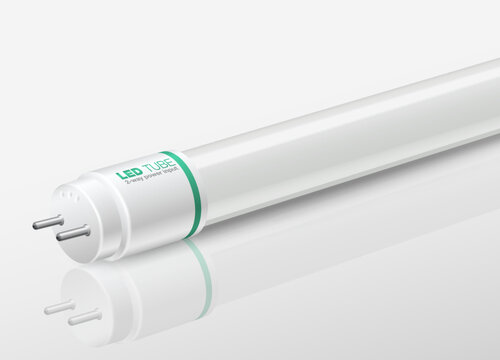Posted by LightbulbWholesaler.com on 15th Jul 2025
If you're dealing with older lighting systems or planning an upgrade to LED, it's important to understand the role of ballasts and drivers in your fixtures. These components regulate power to your light sources and ensure safe, efficient operation. Whether you're replacing fluorescent tubes, HID lamps, or integrating new LED fixtures, knowing when and what to replace can save time, money, and potential headaches down the line.
:max_bytes(150000):strip_icc()/SPR-ballast-gone-ballistic-1152461-hero-f0a1c039d31a4d9aa074ed25f4675762.jpg)
Ballasts are essential for traditional lighting technologies like fluorescent and HID lamps. They regulate the current to the lamp and provide the necessary voltage to start the light. Over time, ballasts can fail due to heat, age, or voltage irregularities, leading to flickering lights, slow starts, or complete outages. If a fixture isn't working properly, it’s often not the bulb but the ballast that needs replacing. When replacing ballasts, make sure to match the input voltage, lamp type, and number of lamps supported to ensure compatibility.
With the shift toward LED lighting, many businesses and homeowners face the question of what to do with their existing ballasts. One option is to use ballast-compatible LED tubes, also known as plug-and-play or Type A tubes. These are designed to work with your existing electronic ballast and offer an easy upgrade path without rewiring. However, their performance depends heavily on the condition and compatibility of the ballast. If the ballast fails later, you’ll need to replace it or upgrade the tube type, which can result in additional cost.
Another popular approach is ballast bypass, also known as direct-wire or Type B LED retrofit. This method involves removing the ballast entirely and wiring the power directly to the lamp sockets. It eliminates future ballast failures and increases energy efficiency. Ballast bypass installations require basic electrical work and must be done carefully to ensure safety and compliance. This approach is often preferred for long-term reliability, particularly in commercial settings where maintenance costs add up.

Lastly, LED fixtures that use drivers instead of ballasts—commonly found in downlights, panels, and high bays—bring their own considerations. Like ballasts, drivers can fail over time, but they are generally more efficient and reliable. When replacing a driver, you’ll need to match output voltage, current, and wattage to the fixture’s requirements. Many commercial LED fixtures have replaceable drivers, while some lower-cost models are integrated and require a full fixture replacement if the driver fails.
Understanding your current setup and goals will help you make the right decision about replacing or bypassing ballasts or drivers. Whether you're upgrading one fixture or retrofitting an entire facility, choosing the right components ensures safe operation and long-term performance.

